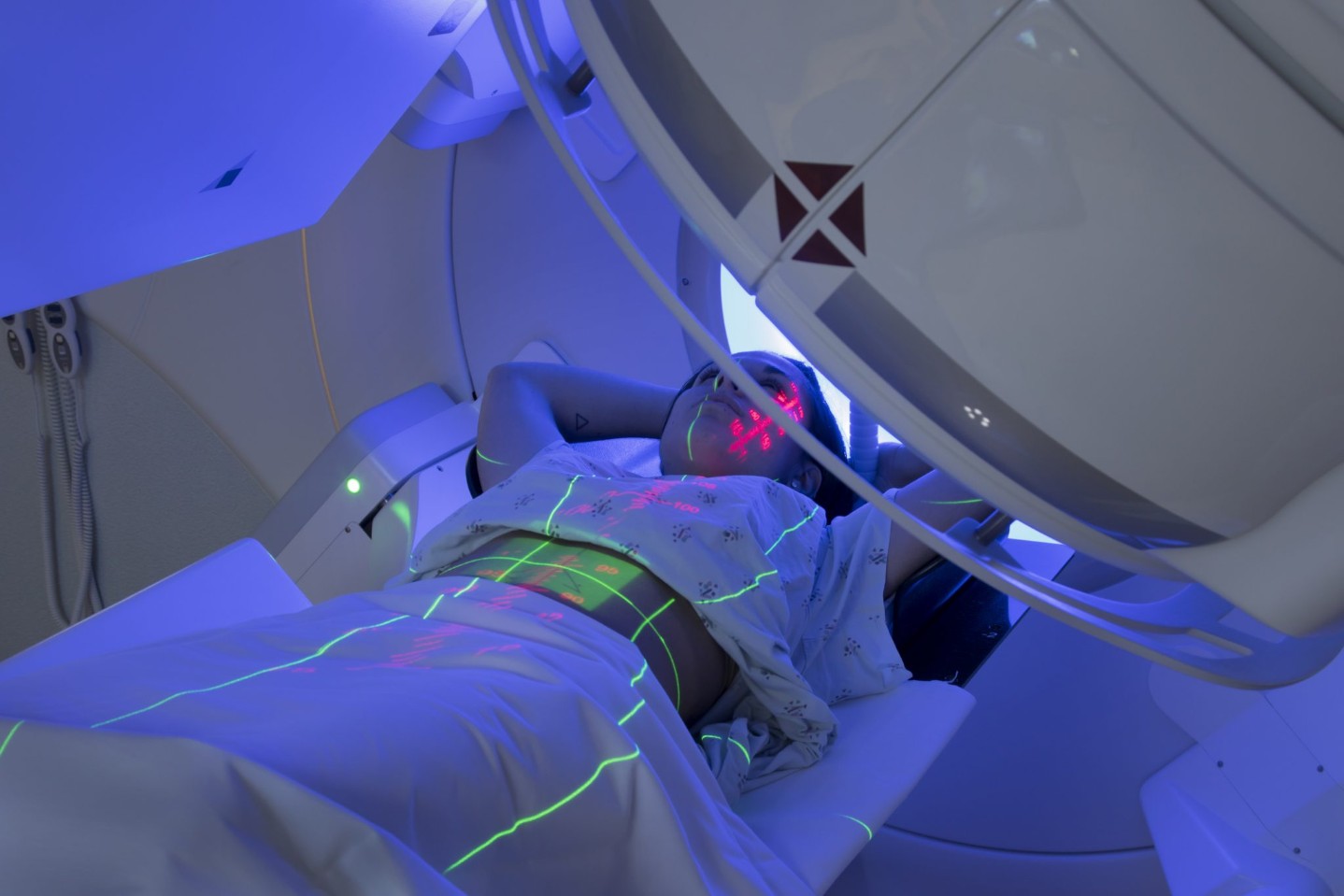The Silent Threat: Radon and Lung Cancer in Non-Smokers
NOV 03, 2025Radon is the number one cause of lung cancer in non-smokers and the second leading cause overall, right behind smoking.
Read More
Being diagnosed with the big “C” word, CANCER, is distressing for most people. Most patients are thrown in to a whole new realm of doctoring and appointments. As a Radiation Oncologist—a cancer doctor who was trained specifically to evaluate patients and treat patients with radiation treatments—I work closely with other cancer physicians and find even those who are familiar with cancer still aren’t that familiar with radiation therapy and how it works.
The formal definition of radiation therapy is to use ionizing radiation (x-rays) directed at both gross cancer disease and at-risk regions where the cancer could have spread-this is dependent on the cancer type and location. So, it is x-rays, I often explain to patients that getting a treatment is like when you get a chest x-ray, you don’t feel anything, it doesn’t hurt, you are NOT radioactive after a treatment, and you will not glow green. You are not a risk to other people; you can actually hold a baby right after a treatment and it is fine. This is actually quite surprising to many patients.
Most radiation treatments are delivered by a machine known as a Linac (linear accelerator). This machine turns electrons into high dose x-rays, the how is not important, but I do know how it works, I took a set of board exams just for this! Radiation is dosed in a measurement of Gray (Gy); I explain this to patients as medication is typically dosed in milligrams, radiation is dosed in Gray (Gy).
Radiation treatments are FOCAL treatments. When someone is diagnosed with a breast cancer, one of the most common cancers, the radiation treatments are to the breast, so if a patient complains about nausea, it is not from the radiation. Side effects from radiation treatments are largely dependent on where your cancer is in your body. Breast cancer radiation treatment side effects are not the same as prostate cancer side effects, it depends on what organs are near where your treatments are. A common misconception is that because I had radiation treatments for my breast cancer, now all my aliments are caused by it, which unfortunately is just that, a misconception.
A typical cancer patient will go through the following steps when being referred for radiation treatments. First is a consult with the Radiation Oncologist, during this appointment it will be determined if you are a candidate for radiation treatments or not. If yes, then specifics about radiation treatments for your cancer will be discussed with you including number of treatments needed, side effects of treatment, and management of side effects.
The next step, typically at a separate appointment, is what is called the CT simulation or the planning scan. This is a CAT scan of the patient done in the same position we will treat the patient in daily, we utilize different immobilization devices for different types of cancer. With this scan the Radiation Oncologist then delineates on the images what we would like the radiation treatments to treat and what we would like protected/spared. Then with the help of a dosimetrist (a specialized radiation plan developer) several plans are created to maximize radiation dose to the cancer targets and minimize dose to normal organs, this process can take 7-10 days. Once a plan is ready, the patient then returns to the office and will start their course of radiation treatments, again, the number of treatments varies from patient to patient.
Radiation in most cases is given Monday through Friday, five days per week for a specified amount of treatments. A patient is typically at the cancer center for treatment about 15-20 minutes each day. Most radiation oncologists will meet with patients who are on treatment once a week to be evaluated for side effects and suggest management strategies for the side effects.
A question I often get asked is, After I have had radiation treatments once, am I able to have them again? I discuss with patients who ask this, that re-treatment to the same place could be possible but it is a patient by patient, case by case situation, so never say never!
Together with the patient’s other physicians, a Radiation Oncologist helps to provide the best treatment plan for any specific cancer diagnosis.

Radon is the number one cause of lung cancer in non-smokers and the second leading cause overall, right behind smoking.
Read More
A Nurse Practitioner answers your essential mammogram questions. Understand timing, prep, the procedure, callbacks, and financial options.
Read More
Radiotherapy is a finely tuned, powerful partner that can work with your surgery to give you the best possible outcome for breast cancer.
Read MoreWhen you need local health information from a trusted source, turn to the CHI Health Better You eNewsletter.